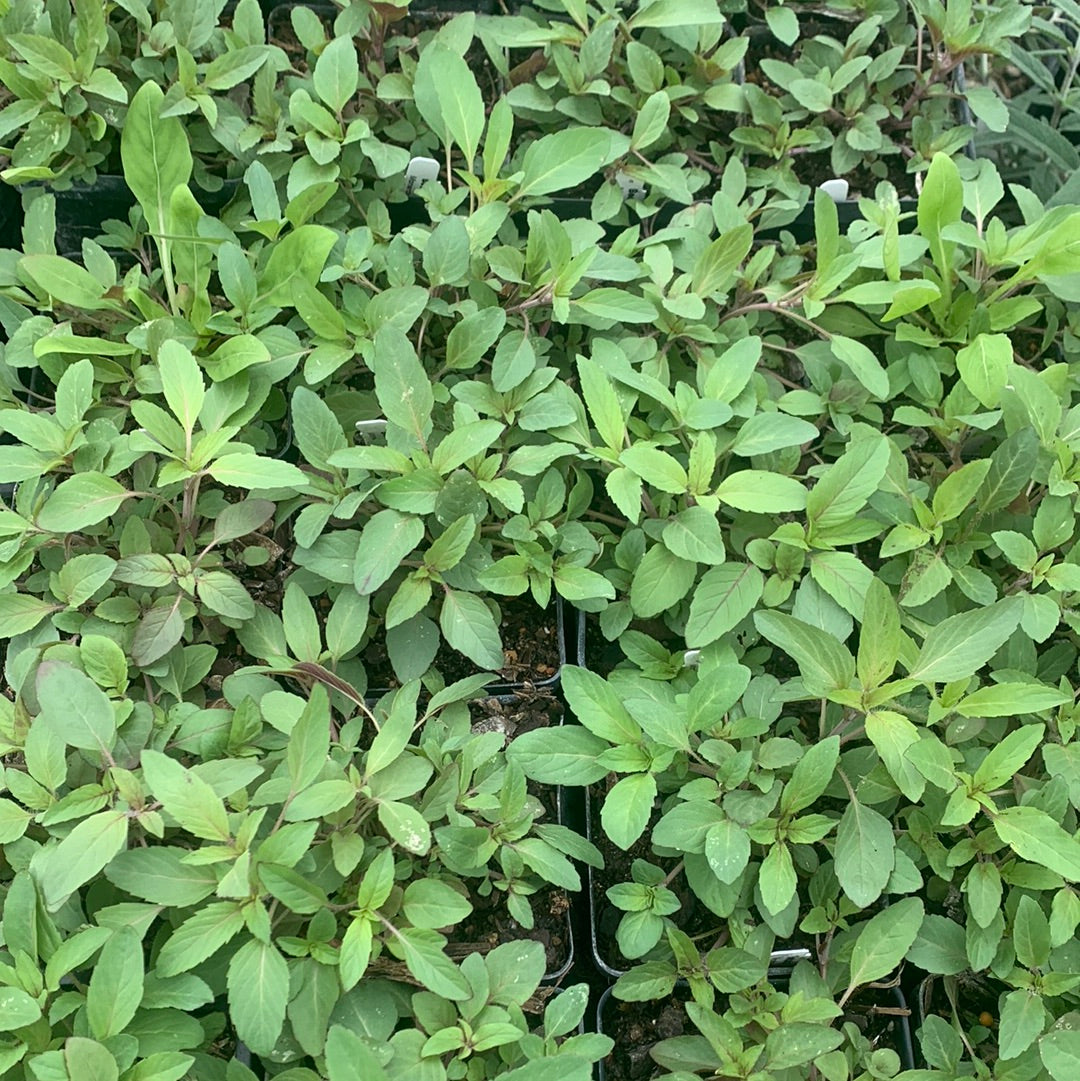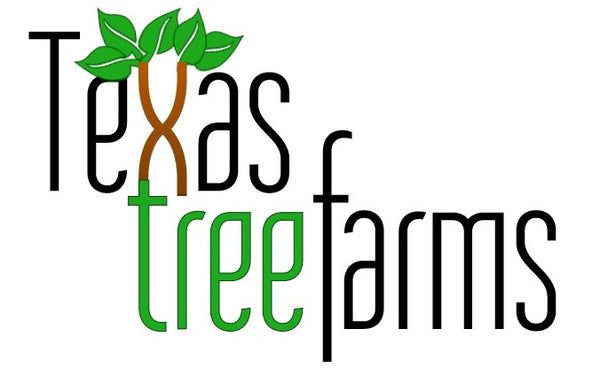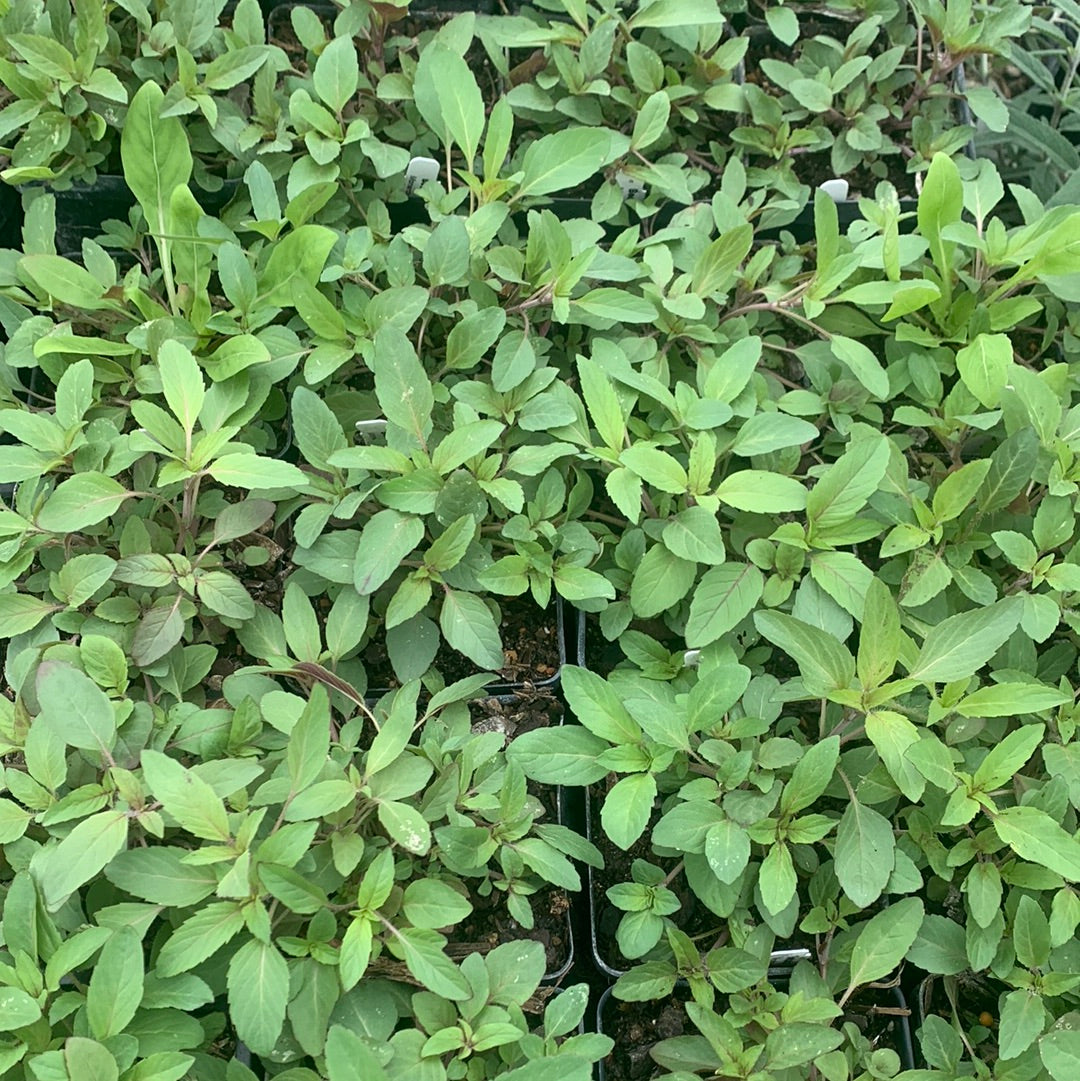Beebalm
Beebalm
Description: Beebalm plants are herbaceous perennials known for their showy, fragrant flowers and aromatic foliage. The flowers are tubular and arranged in dense, rounded clusters atop sturdy stems. Depending on the species and variety, beebalm flowers can come in various colors, including shades of pink, red, purple, and white. The foliage is typically dark green and aromatic, releasing a pleasant scent when crushed. Beebalm flowers are highly attractive to bees, butterflies, and hummingbirds, making them valuable additions to pollinator gardens and landscapes.
Size: The size of beebalm plants can vary depending on the species and variety. Generally, beebalm plants range in height from about 1 to 4 feet (30 to 120 centimeters) tall, with a similar spread. The plants have an upright growth habit and form clumps of foliage, with flower stems rising above the foliage. Some cultivars may be more compact or have a more spreading growth habit, while others may grow taller and more upright.
Growing Zones: Beebalm plants are adaptable to a wide range of growing zones, depending on the species and variety. However, they generally perform best in USDA plant hardiness zones 4 through 9. These zones encompass regions with temperate to subtropical climates, including areas with cold winters and hot summers. Beebalm plants prefer areas with well-drained soil and full to partial sun exposure, though they can tolerate some shade, especially in hotter climates.
Soil and Sun Requirements: Beebalm plants prefer well-drained soil with good fertility and a slightly acidic to neutral pH level. They thrive in full to partial sun, receiving at least 4 to 6 hours of direct sunlight per day. Adequate air circulation around the plants is important for minimizing the risk of fungal diseases such as powdery mildew. Beebalm plants can tolerate a range of soil types, including loamy, sandy, or clay soils, as long as they are well-drained.
Watering: Beebalm plants have moderate water needs and prefer consistently moist soil. Water the plants deeply, providing enough water to thoroughly saturate the root zone, especially during dry periods or when newly planted. Avoid overwatering, as excessive moisture can lead to root rot and other problems. Mulching around the base of the plants can help conserve soil moisture and regulate soil temperature.
Maintenance: Beebalm plants are relatively low-maintenance and require minimal care to thrive. Deadheading spent flowers can help promote continuous blooming throughout the growing season and prevent self-seeding. Additionally, dividing overcrowded clumps every few years can help rejuvenate the plants and maintain their vigor.


